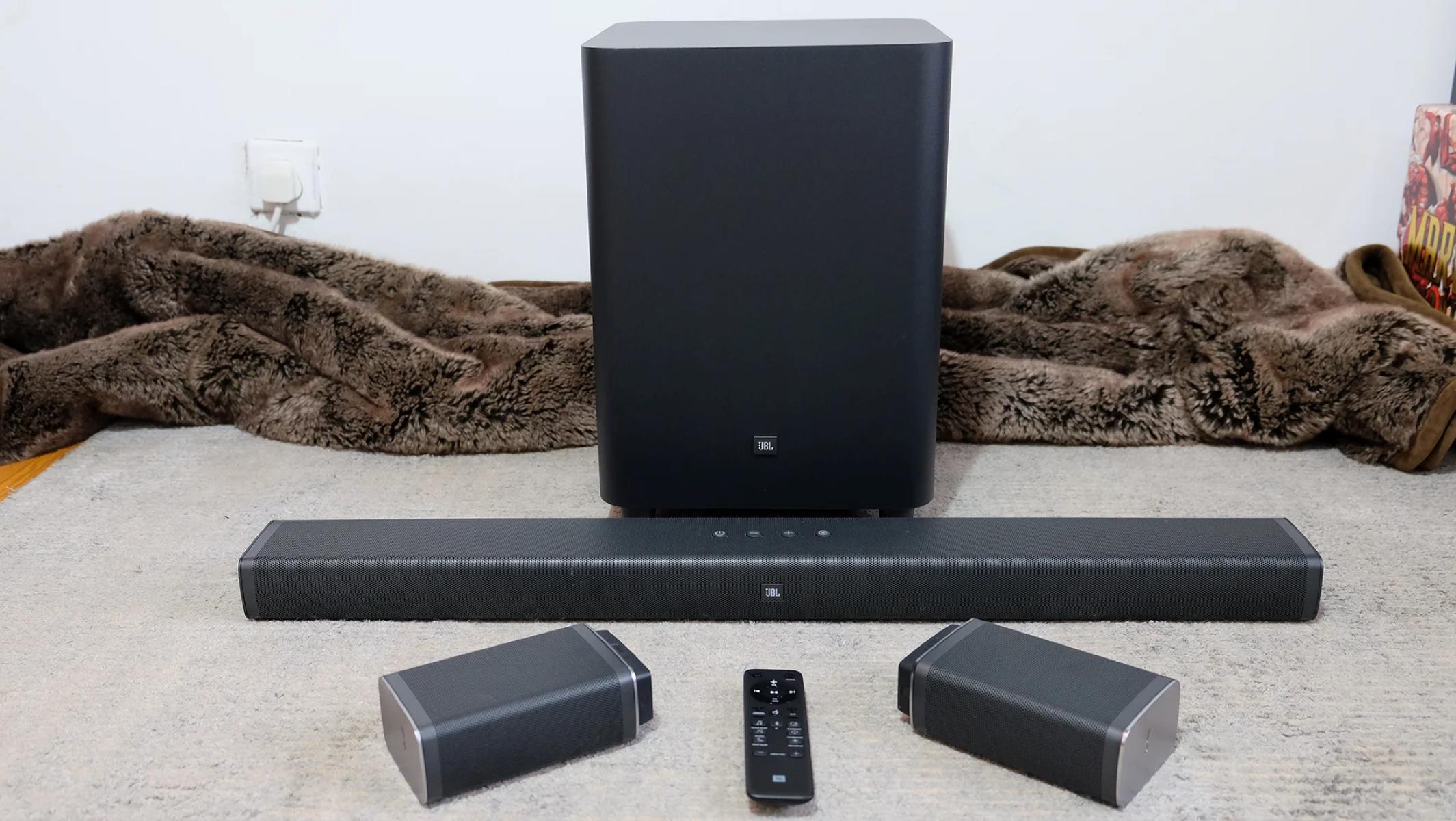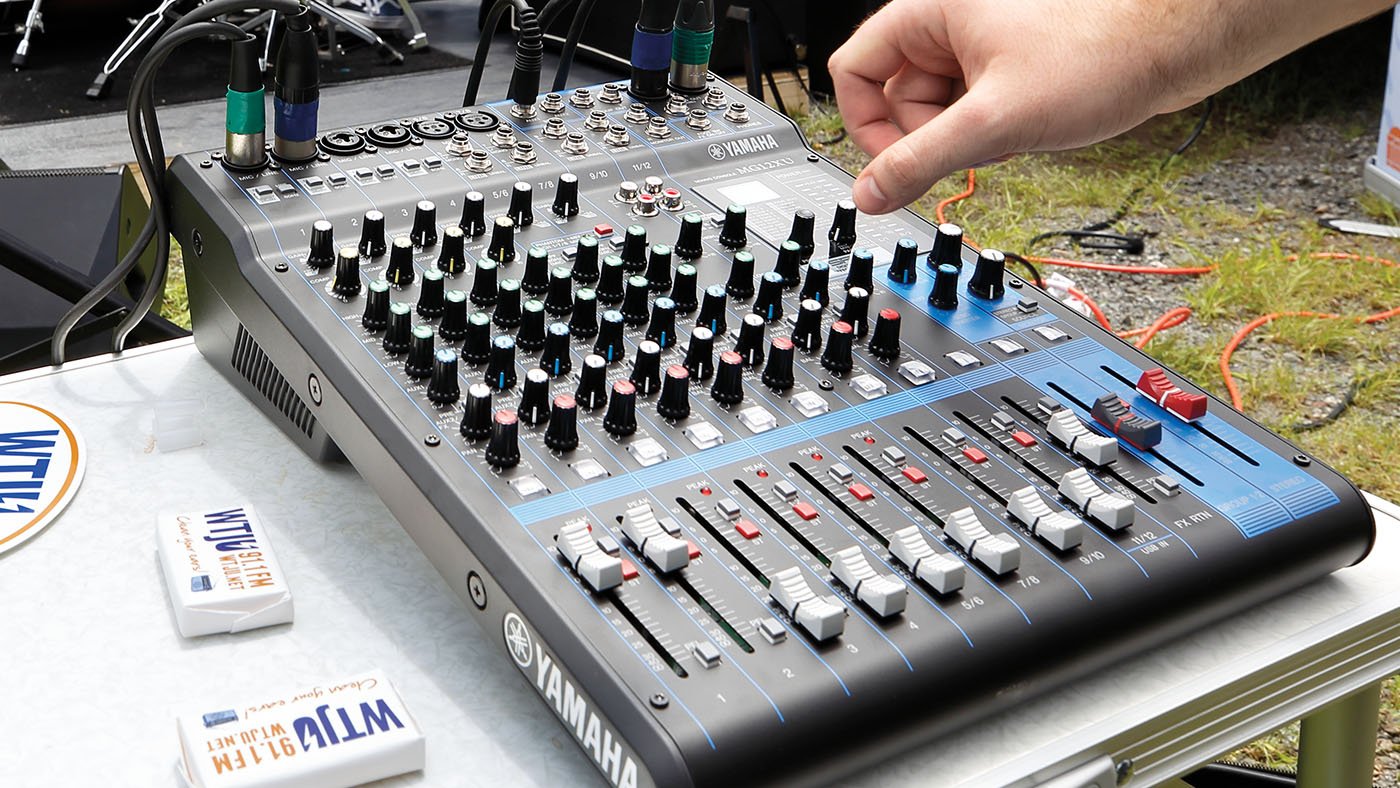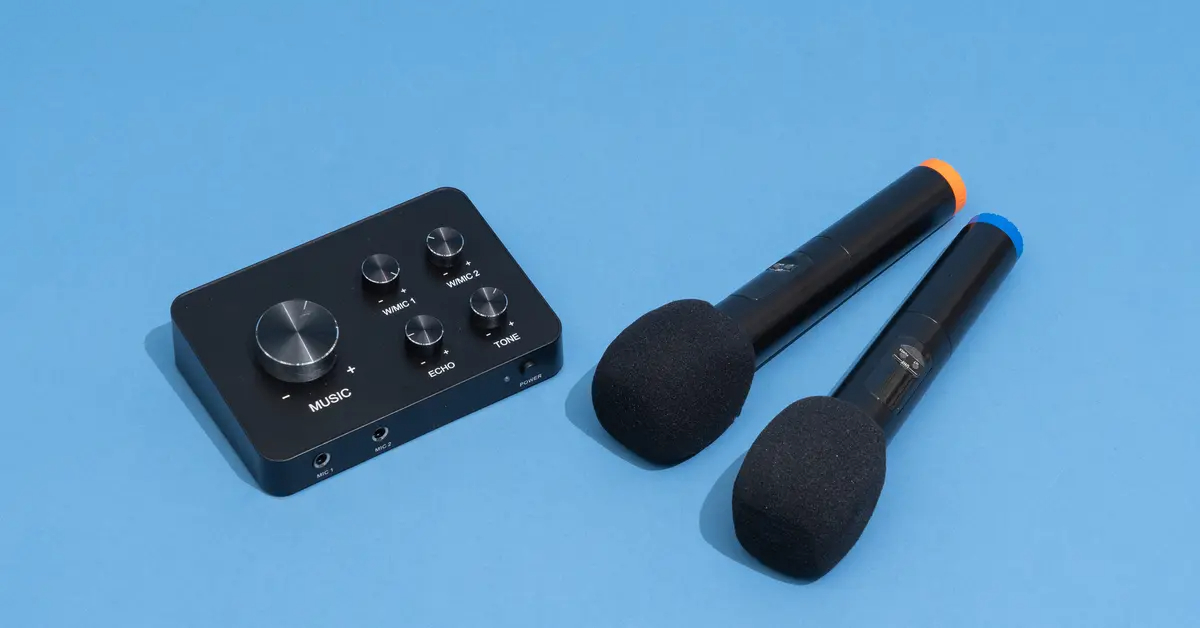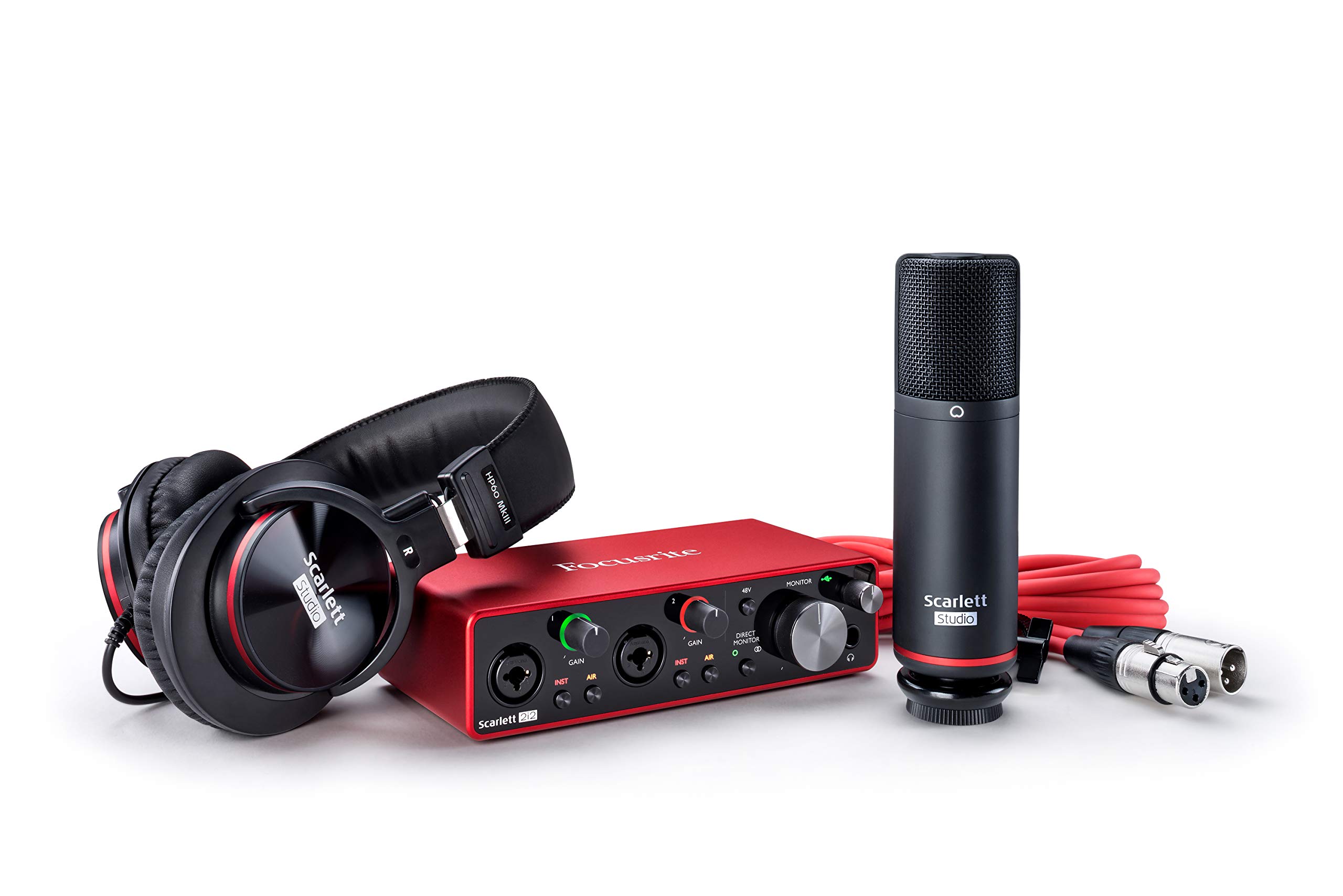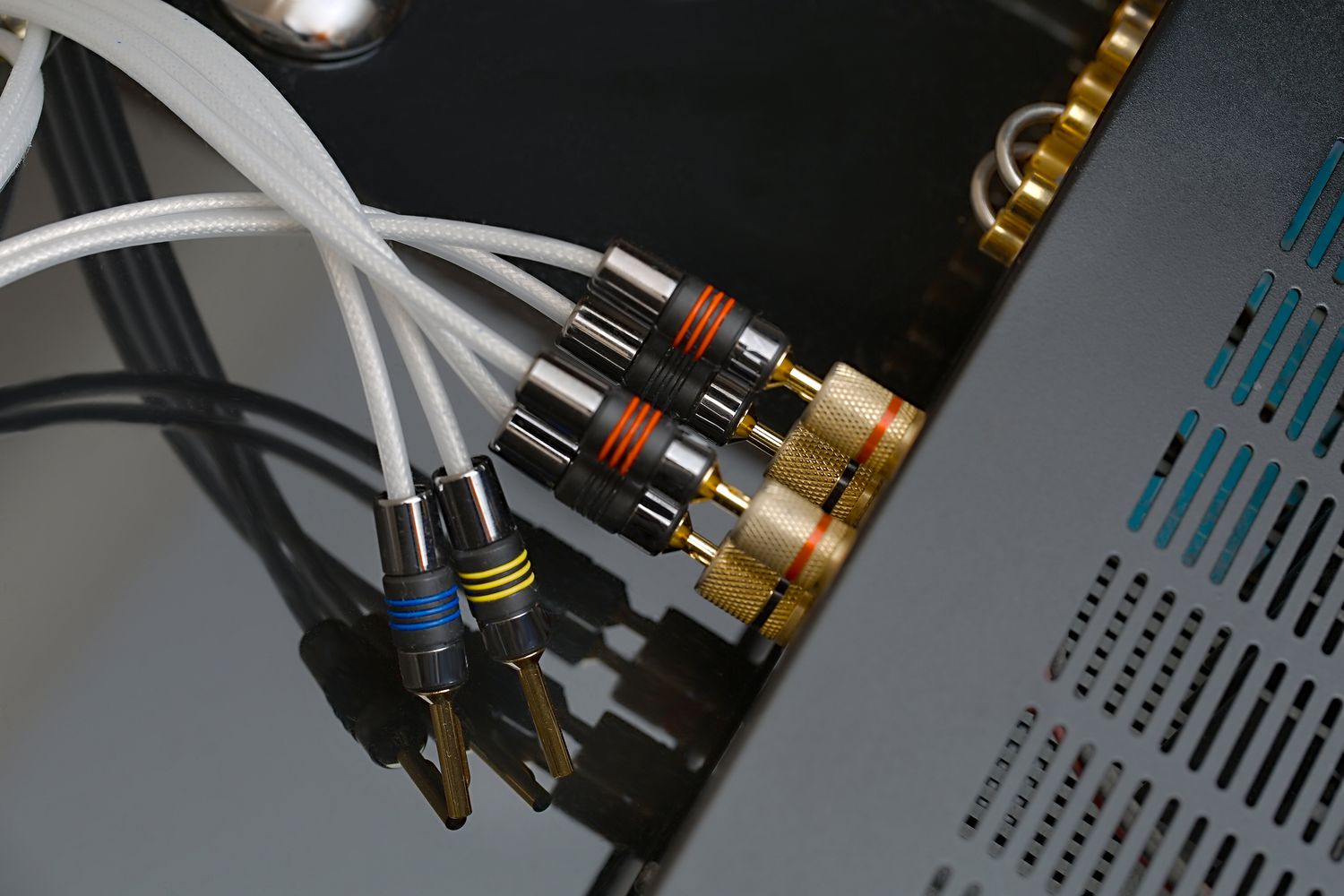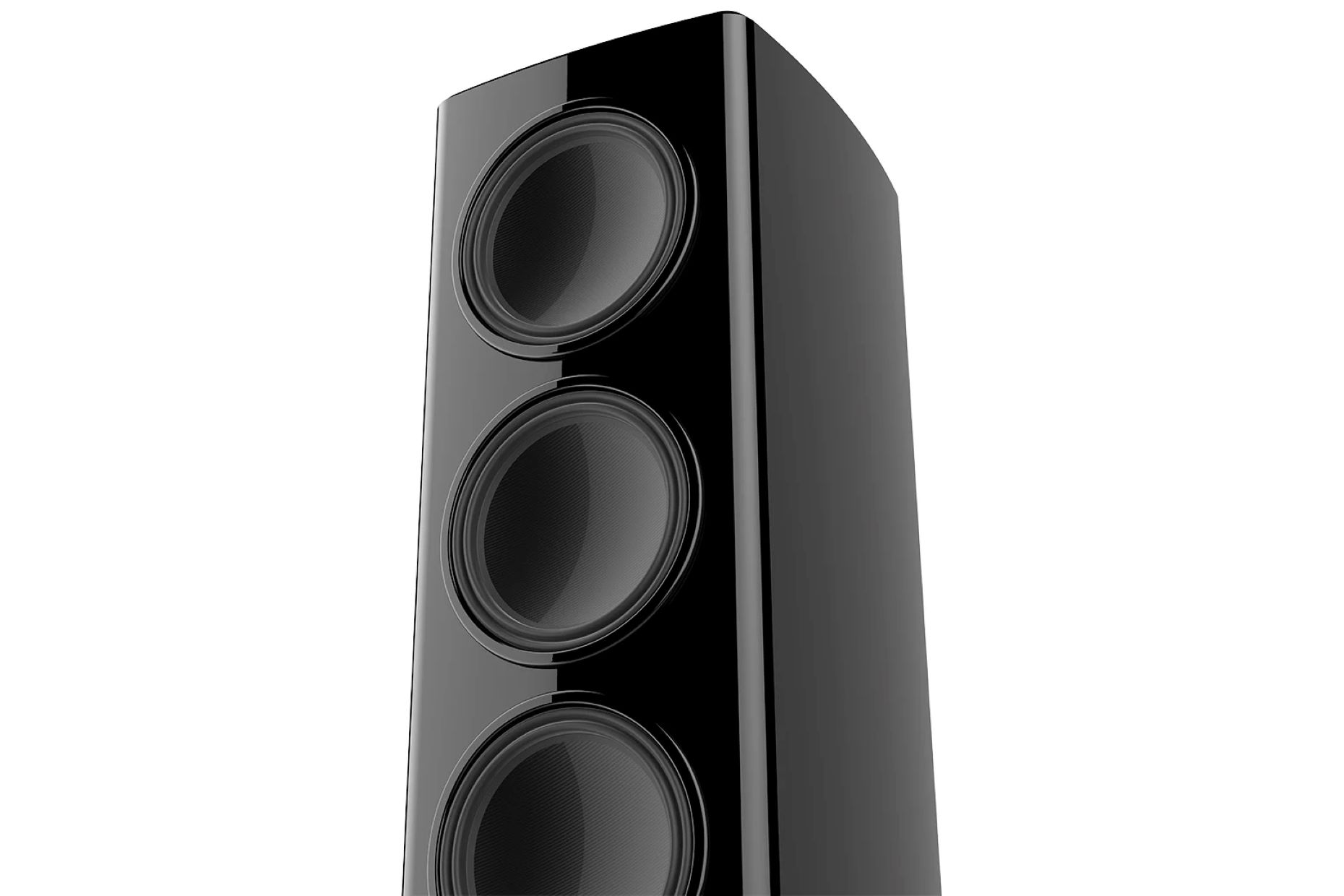Home>Devices & Equipment>Subwoofer>How To Connect 2 Speakers And 1 Subwoofer


Subwoofer
How To Connect 2 Speakers And 1 Subwoofer
Published: January 22, 2024
Learn how to properly connect two speakers and one subwoofer to enhance your audio experience. Discover the step-by-step process and maximize the performance of your subwoofer.
(Many of the links in this article redirect to a specific reviewed product. Your purchase of these products through affiliate links helps to generate commission for AudioLover.com, at no extra cost. Learn more)
Table of Contents
- Introduction
- Understanding Speaker and Subwoofer Connections
- Method 1: Connecting Speakers and Subwoofer Using a Receiver or Amplifier
- Method 2: Connecting Speakers and Subwoofer Using a Subwoofer with Speaker Pass-Through
- Method 3: Connecting Speakers and Subwoofer Using a Speaker Selector Switch
- Method 4: Connecting Speakers and Subwoofer Using a Y-Adapter Cable
- Common Troubleshooting Tips
- Conclusion
Introduction
Welcome to the world of rich and immersive audio! If you’re someone who appreciates deep bass and wants to elevate your audio experience to the next level, then a subwoofer is an essential addition to your audio setup. A subwoofer is designed specifically to reproduce low-frequency sounds, giving you that thumping bass and rumbling sensation that adds depth and realism to music, movies, and games.
But what if you also have multiple speakers in your setup? Can you connect two speakers and one subwoofer? The good news is, yes, it’s absolutely possible! In this article, we will explore different methods to connect two speakers and one subwoofer, providing you with the flexibility to create a surround sound system or expand your audio setup for larger spaces.
Before we dive into the various methods, it’s important to understand how speaker and subwoofer connections work. Depending on your equipment and preferences, you can choose the method that best suits your needs. Whether you’re a music enthusiast, a home theater aficionado, or a gamer seeking an immersive experience, we’ve got you covered!
Understanding Speaker and Subwoofer Connections
Before we get into the different methods of connecting two speakers and one subwoofer, let’s take a moment to understand the basics of speaker and subwoofer connections. This knowledge will help you make informed decisions and troubleshoot any issues that may arise.
Speakers typically have two channels, referred to as the left and right channels. These channels correspond to the stereo sound output, ensuring that the audio signals are distributed evenly between the left and right speakers. A subwoofer, on the other hand, is responsible for handling low-frequency sounds, such as deep bass notes. The subwoofer channel is commonly referred to as the LFE (Low-Frequency Effects) channel.
Most audio devices, such as receivers, amplifiers, and soundbars, come with dedicated speaker terminals for connecting speakers. These speaker terminals are labeled with “+” and “-” symbols to indicate the positive and negative connections. Similarly, subwoofers usually have a dedicated input or output for connecting to the audio source.
When connecting speakers and a subwoofer, it’s essential to ensure proper impedance matching. Impedance refers to the electrical resistance offered by the speakers and subwoofer to the flow of audio signals. Mismatched impedance can cause distortion or damage to the equipment.
Typically, speakers have an impedance rating, commonly measured in ohms. Ensure that the impedance of the speakers and subwoofer are compatible with the amplifier or receiver you are using. It’s advisable to consult the manuals or specifications of your audio equipment to ensure proper impedance matching.
Now that you have a basic understanding of speaker and subwoofer connections, let’s explore the different methods you can use to connect two speakers and one subwoofer. We will discuss each method in detail, including the necessary cables and equipment.
Method 1: Connecting Speakers and Subwoofer Using a Receiver or Amplifier
If you have a receiver or amplifier as part of your audio setup, this method is one of the most common and straightforward ways to connect two speakers and one subwoofer. Here’s how to do it:
- Start by ensuring that your speakers and subwoofer are compatible with your receiver or amplifier. Check the impedance ratings to ensure proper matching.
- Locate the speaker terminals on your receiver or amplifier. These terminals are typically labeled with +/- symbols.
- Connect the two speakers to the appropriate speaker terminals on your receiver or amplifier. Ensure proper polarity by matching the positive (+) and negative (-) connections.
- Find the dedicated subwoofer output on your receiver or amplifier. It’s usually labeled as “SUB OUT” or “LFE OUT.”
- Using an RCA cable, connect one end to the subwoofer output on your receiver or amplifier.
- Connect the other end of the RCA cable to the input on your subwoofer. It may be labeled as “SUB IN” or “LFE IN.”
- Ensure that all the connections are secure and properly tightened.
- Power on your audio setup and test the speakers and subwoofer to ensure they are functioning correctly.
By following these steps, you will be able to enjoy audio playback through both speakers and the subwoofer simultaneously. The receiver or amplifier will handle the distribution of audio signals to the appropriate channels, ensuring a well-balanced and immersive audio experience.
Note that some receivers or amplifiers may have specific settings to adjust the level or crossover frequency of the subwoofer. Consult the user manual or on-screen menu of your receiver or amplifier for any additional customization options.
This method is ideal for those who have a receiver or amplifier as part of their audio setup. It allows for easy control and management of the speaker and subwoofer connections, giving you the flexibility to fine-tune your audio experience.
Method 2: Connecting Speakers and Subwoofer Using a Subwoofer with Speaker Pass-Through
If you have a subwoofer with a built-in speaker pass-through feature, this method provides a convenient way to connect two speakers and one subwoofer without the need for a receiver or amplifier. Here’s how to do it:
- Ensure that your speakers and subwoofer are compatible with each other and have the necessary connections.
- Locate the speaker pass-through terminals on your subwoofer. These terminals are usually labeled as “L+R” or “Speaker In/Out.”
- Connect the positive (+) and negative (-) terminals of your left speaker to the corresponding terminals on the subwoofer. Repeat this step for the right speaker.
- Check the polarity and ensure that you connect the positive and negative terminals correctly to maintain proper phase alignment.
- Connect the subwoofer’s output terminals to the input terminals of your speakers. Again, ensure proper polarity.
- Double-check all the connections to ensure they are secure.
- Power on your subwoofer and speakers and test the audio playback.
By utilizing the speaker pass-through feature on your subwoofer, the audio signals from your audio source will pass through the subwoofer to the connected speakers. This method allows you to enjoy the benefits of both the subwoofer’s low-frequency reproduction and the clarity of the speakers.
Keep in mind that not all subwoofers have a speaker pass-through feature. It’s important to check the specifications or consult the user manual of your subwoofer to verify if this method is applicable.
This method is a great option for those who want to simplify their audio setup without the need for a receiver or amplifier. It provides a convenient solution for connecting two speakers and one subwoofer, giving you a well-rounded audio experience with enhanced bass and clear audio reproduction.
Method 3: Connecting Speakers and Subwoofer Using a Speaker Selector Switch
If you want to have more control over the speaker and subwoofer connections and easily switch between different configurations, using a speaker selector switch is an excellent option. Here’s how you can connect two speakers and one subwoofer using a speaker selector switch:
- Ensure that your speakers, subwoofer, and speaker selector switch are all compatible with each other.
- Connect the left and right channels of your speakers to the corresponding terminals on the speaker selector switch. These terminals are labeled for easy identification.
- Locate the subwoofer input on the speaker selector switch. It may be labeled as “SUB IN” or “LFE IN.”
- Using an RCA cable, connect one end to the subwoofer input on the speaker selector switch.
- Connect the other end of the RCA cable to the output of your subwoofer. It’s typically labeled as “SUB OUT” or “LFE OUT.”
- Ensure that all the connections are secure and properly tightened.
- Power on your audio setup, and use the speaker selector switch to select the desired configuration.
A speaker selector switch allows you to choose which speakers are active at any given time, including the subwoofer. This flexibility is ideal if you want to switch between different speaker setups or distribute audio to different areas of your home. It also eliminates the need for manual cable swapping, making it a convenient solution.
It’s important to note that the speaker selector switch should be capable of handling the power requirements of your speakers and subwoofer. Be sure to check the specifications and power ratings of the switch to ensure proper compatibility.
By using a speaker selector switch, you can enjoy the convenience of easily switching between different speaker configurations while maintaining control over the subwoofer connection. This method is perfect for those who have multiple speaker setups or want to create a multi-room audio system.
Method 4: Connecting Speakers and Subwoofer Using a Y-Adapter Cable
If you’re looking for a simple and straightforward method to connect two speakers and one subwoofer, using a Y-adapter cable is an easy solution. Here’s how to do it:
- Ensure that your speakers, subwoofer, and audio source are compatible with each other.
- Locate the speaker terminals on your audio source. These terminals are usually labeled as “L” and “R” or “Left” and “Right.”
- Connect the Y-adapter cable to the speaker terminals on your audio source.
- Connect the other end of the Y-adapter cable to the input terminals of your subwoofer.
- Connect the left and right speakers to the output terminals on your subwoofer. These terminals may be labeled as “Speaker Out” or something similar.
- Ensure that all the connections are secure and properly tightened.
- Power on your audio setup and test the speakers and subwoofer to ensure they are functioning correctly.
Using a Y-adapter cable allows you to split the audio signal from your audio source and send it simultaneously to both the subwoofer and the connected speakers. This method is simple, cost-effective, and provides a quick way to incorporate a subwoofer into your existing audio setup.
It is important to note that with this method, the subwoofer will be playing the full audio range, including the mid and high-frequency sounds. Therefore, it’s recommended to adjust the crossover settings on your subwoofer, if available, to ensure optimal performance and prevent any overlapping frequency response with the speakers.
This method is ideal for those who want to add a subwoofer to their audio setup without the need for additional equipment or complex wiring. It offers a quick and hassle-free way to enhance the bass response and overall audio quality of your system.
Common Troubleshooting Tips
While connecting two speakers and one subwoofer can greatly enhance your audio experience, it’s not uncommon to encounter some issues along the way. Here are some common troubleshooting tips to help you resolve any problems you may face:
- No Sound: If you’re not getting any sound from your speakers or subwoofer, double-check all the connections to ensure they are secure and properly plugged in. Also, make sure that your audio source is properly connected and outputting sound.
- Poor or Distorted Sound: If the audio quality is poor or distorted, check the speaker and subwoofer connections to ensure they are properly wired and that the polarity is correct. Additionally, verify that the impedance ratings of your speakers and subwoofer align with the amplifier or receiver.
- Lack of Bass: If you’re not experiencing adequate bass response from your subwoofer, check the crossover settings and adjust them accordingly. The crossover determines the frequency range at which the subwoofer takes over from the speakers. Also, ensure that the subwoofer is properly positioned in the room for optimal bass reproduction.
- Inconsistent Sound Levels: If you’re experiencing variations in sound levels between the speakers and the subwoofer, check the volume settings on your audio source as well as on the subwoofer itself if it has its own controls. Adjusting these levels can help balance the audio output.
- Ground Loop Noise: Ground loop noise may manifest as a low humming or buzzing sound in your audio system. To minimize ground loop noise, ensure that all components are properly grounded and that the power outlets used are on the same circuit. You can also try using a ground loop isolator to eliminate the noise.
If you’re still experiencing issues after attempting these troubleshooting tips, it may be helpful to consult the user manuals of your equipment or reach out to the manufacturer for further assistance. Remember, every audio setup may have different configurations and requirements, so it’s important to consider the specific nuances of your own system.
By addressing these common issues and resolving them effectively, you can ensure a seamless and enjoyable audio experience with your speakers and subwoofer setup.
Conclusion
Connecting two speakers and one subwoofer can greatly enhance your audio setup, adding depth, richness, and immersive bass to your listening experience. Whether you’re a music lover, movie enthusiast, or gamer, having a well-balanced audio system that incorporates both speakers and a subwoofer can truly elevate your entertainment.
In this article, we explored four different methods for connecting speakers and a subwoofer. Method 1 involved using a receiver or amplifier, providing control and flexibility over the audio distribution. Method 2 utilized a subwoofer with speaker pass-through, simplifying the setup without the need for additional equipment. Method 3 involved using a speaker selector switch, allowing for easy switching between different speaker configurations. Finally, Method 4 involved using a Y-adapter cable, providing a quick and straightforward solution.
Along the way, we discussed the importance of impedance matching, understanding speaker and subwoofer connections, and common troubleshooting tips for resolving any issues that may arise.
Remember, each method has its own advantages and may be better suited to specific situations or preferences. It’s essential to consider the compatibility of your equipment and the desired audio setup before deciding which method to use.
By following the steps outlined in this article and troubleshooting any potential issues, you can create a well-balanced and immersive audio system with your speakers and subwoofer. Whether you’re enjoying your favorite music, watching movies, or gaming, the deep bass and improved audio quality will enhance your overall entertainment experience.
So go ahead, explore these methods, experiment with different configurations, and enjoy the powerful and captivating sound that comes from connecting two speakers and one subwoofer.

